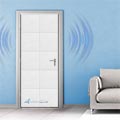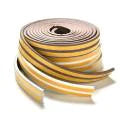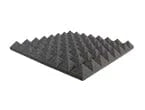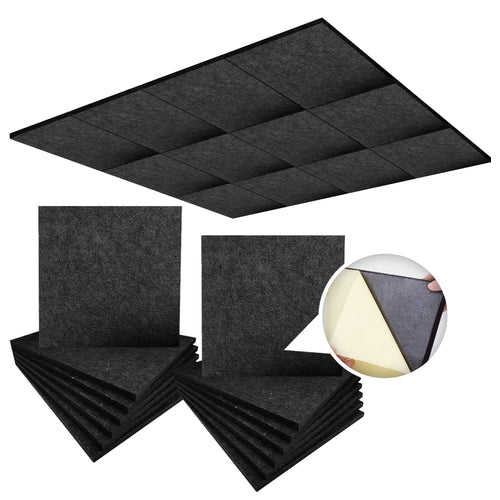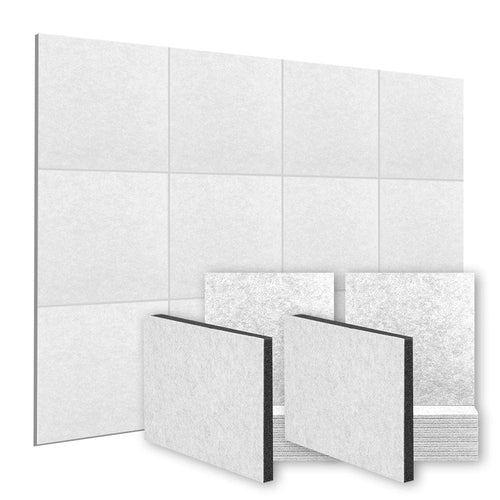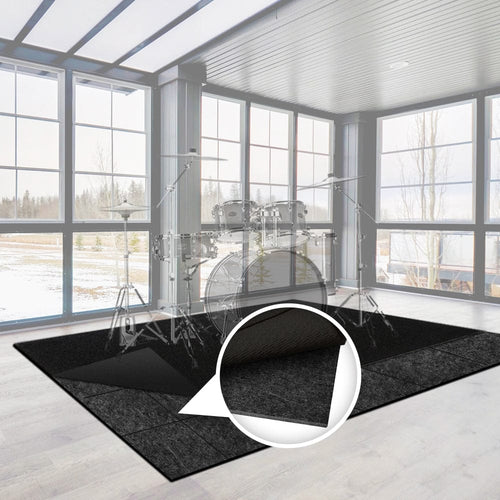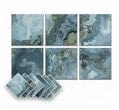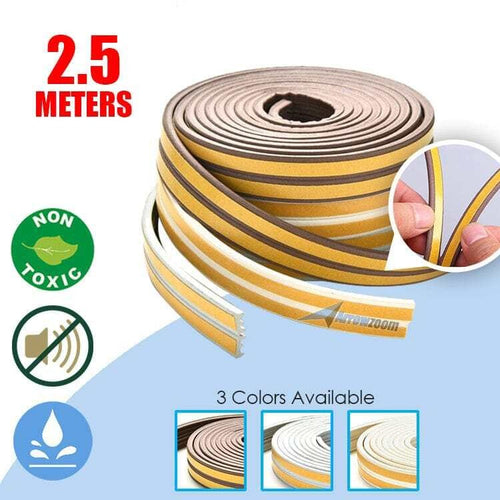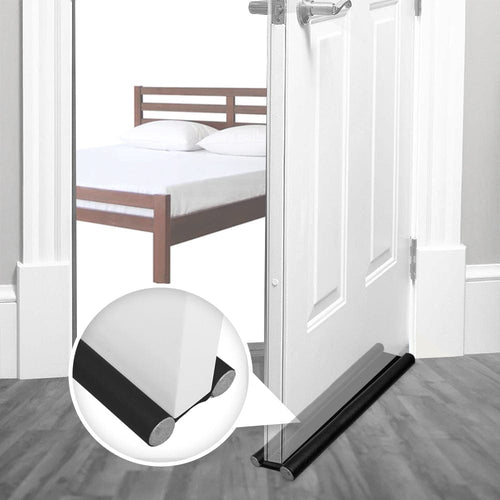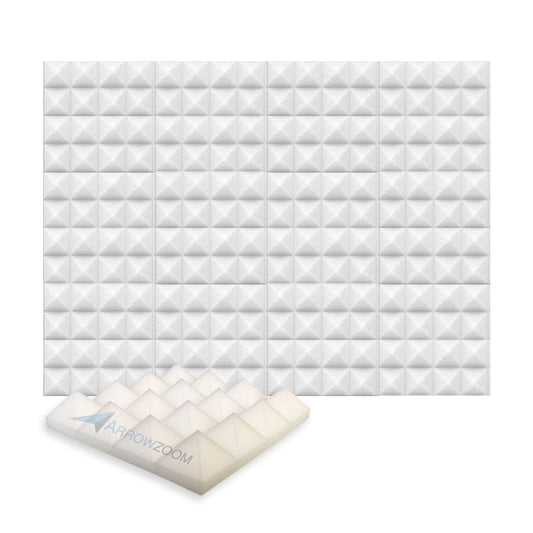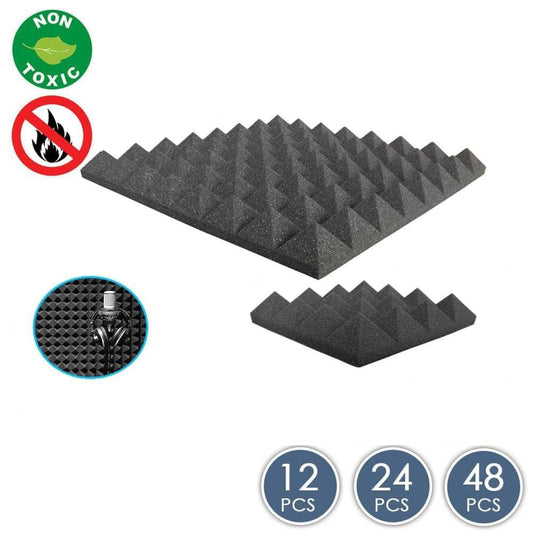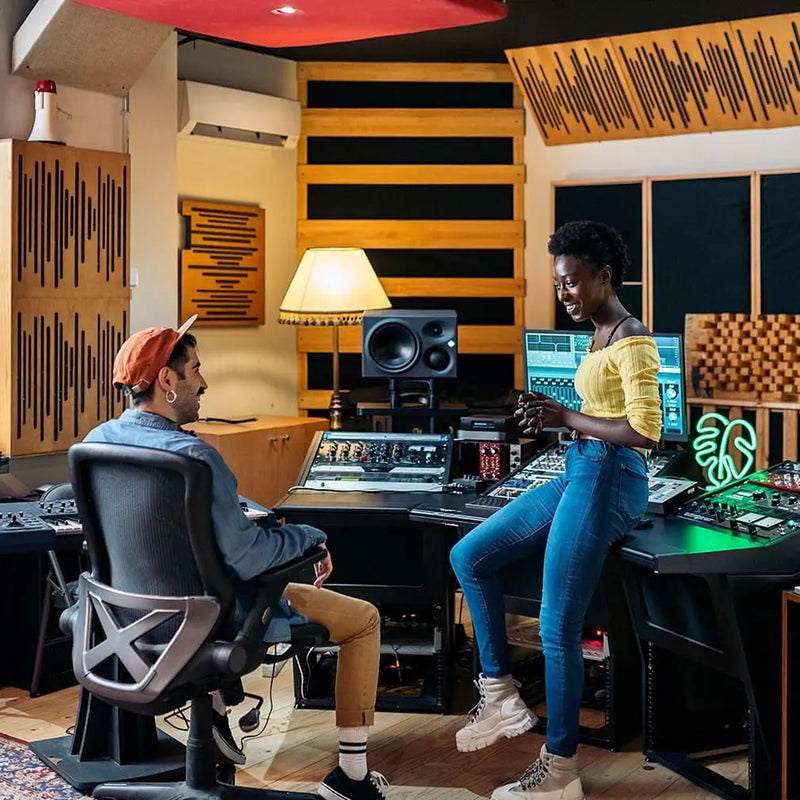
1. Estudios de grabación: la espuma acústica se usa comúnmente en los estudios de grabación para controlar los reflejos del sonido y mejorar la calidad general del sonido de las grabaciones.
2. Teatros en casa: la espuma acústica se puede utilizar en los cines en casa para mejorar la calidad del sonido y reducir el eco, lo que hace que las películas y los programas de televisión sean más inmersivos.
3. Salas de práctica de música: la espuma acústica se puede utilizar en salas de práctica de música para reducir el eco del sonido y mejorar la calidad general del sonido de la sala.
4. Oficinas: la espuma acústica se puede utilizar en las oficinas para reducir la contaminación acústica y mejorar la acústica general del espacio.
5. Aulas: la espuma acústica se puede usar en las aulas para reducir el eco y mejorar la calidad general del sonido del espacio, lo que facilita que los estudiantes se concentren y escuchen al maestro.
6. Restaurantes: la espuma acústica se puede usar en restaurantes para reducir el eco del sonido y mejorar la calidad general del sonido del espacio, haciéndolo más cómodo para los clientes.
7. Gimnasios: la espuma acústica se puede usar en los gimnasios para reducir el eco del sonido y mejorar la calidad general del sonido del espacio, haciéndolo más cómodo para los clientes.
8. Estudios de yoga: la espuma acústica se puede usar en los estudios de yoga para reducir el eco del sonido y mejorar la calidad general del sonido del espacio, haciéndolo más cómodo para los estudiantes.
9. Piscinas: la espuma acústica se puede utilizar en piscinas para reducir el eco del sonido y mejorar la calidad del sonido general del espacio, haciéndolo más cómodo para los nadadores.
10. Salas de conferencias: la espuma acústica se puede usar en las salas de conferencias para reducir el eco y mejorar la calidad general del sonido del espacio, haciéndolo más cómodo para los asistentes y más productivo para las reuniones.



